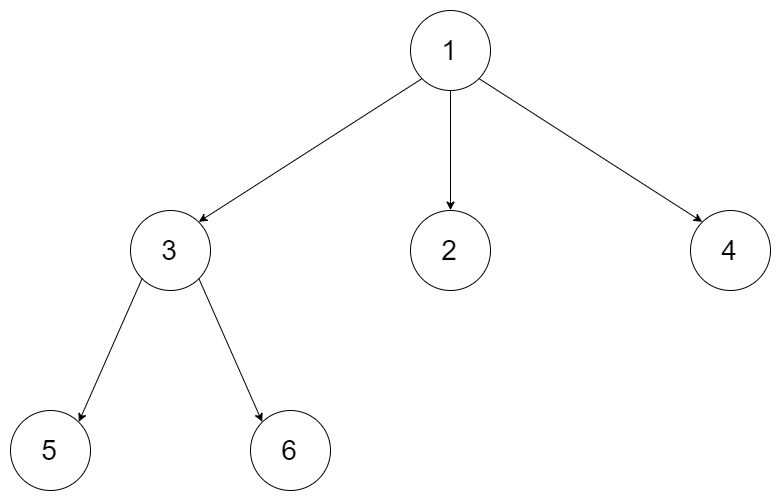Given a binary tree, determine if it is a valid binary search tree (BST).
Assume a BST is defined as follows:
- The left subtree of a node contains only nodes with keys less than the node's key.
- The right subtree of a node contains only nodes with keys greater than the node's key.
- Both the left and right subtrees must also be binary search trees.
Example 1:
Input: 2 / \ 1 3 Output: true
Example 2:
5 / \ 1 4 / \ 3 6 Output: false Explanation: The input is: [5,1,4,null,null,3,6]. The root node's value is 5 but its right child's value is 4.

